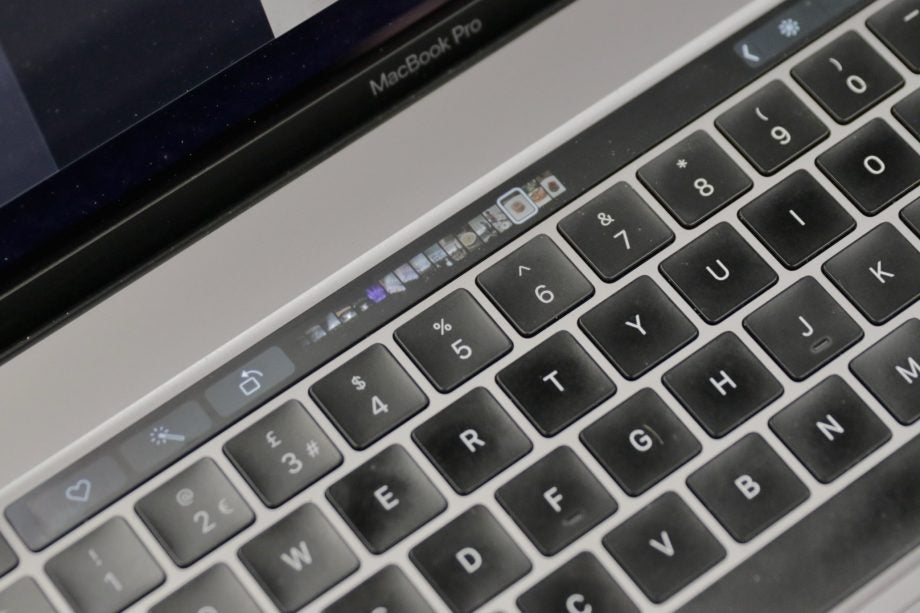Apple Silicon’s Universal App dream could ruin the MacBook

This week Apple well and truly grabbed the tech world’s attention, unveiling the first wave of its own-brand MacBook and iMac CPUs.
Descriptively named Apple Silicon, the move will see the company move away from Intel chips and adopt its own brand of ARM-based CPUs over the next two years. Sound exciting? It should. This is the same trick Apple pulled with the iPhone and iPad when it debuted its stellar A-series chips, which are leading in their class.
What’s more, according to Apple, because the chips are built on the same architecture they’ll let Apple deliver the tech version of shangri la to developers: Universal apps. For non-techies, this is a common goal Microsoft, Google, Canonical, Apple and pretty much every tech firm under the sun have been working towards for quite some time.
It’s a practice where every app and service runs on a single platform/architecture, so devs can code once and have their wares running on every device in the ecosystem, regardless of if it’s a phone, tablet, laptop or server. This would mean the version of Safari you use on your iPhone, would at its heart be the same as the one on your iMac.
The idea is very cool, and tech will inevitably continue down this path, but for me there’s a BIG issue Apple will have to conquer if it wants the idea to succeed this very second, and it’s not the one most people are crowing about.
Related: Best MacBook 2020
If you follow the tech press you’ll have seen a lot of questions around ARM app support. This is an issue anyone who’s tried a Snapdragon-powered laptop will be aware of. The cliff notes is that because Windows, and its services, aren’t all compatible with Qualcomm’s ARM-based chips, so many won’t run correctly, if at all.
But I can’t see this being as big of a problem with Apple. MacOS has always been a lot more bit agnostic than Windows and Apple is a master at performance optimisations. Which is why I’m more concerned about what in my mind is a way bigger issue: how the universal app strategy will impact Apple devices’ user experiences.
Despite its claims, Apple isn’t the first company to claim to have Universal Apps sorted. Canonical beat it to the punch many moons ago when it released the mobile version of Ubuntu. Here the idea was the same, because the OS is based on the same common code and ARM-friendly, it could offer universal apps across all device categories.
But as I discovered then, this isn’t a silver bullet that actually benefits the user. Moving across my Ubuntu PC, laptop and phone the apps did work, but their UI’s were flawed. Because Ubuntu had tried to get it right across all form-factors it managed to slightly miss the mark on each device type. What’s more, the apps were fairly heavy and didn’t feel optimised for mobile, leading them to be more memory and power hungry than most mobile specific services.
Related: What you need to know about Apple’s ARM MacBook
Sure Apple has deeper pockets than Canonical. And because it controls its hardware it’ll also have a better shot at optimising its wares to work the same on macOS Big Sur iPadOS 14 and iOS 14. But I can’t help but think, at least initially, history will repeat itself and there will inevitably be optimisation problems and UX compromises.
This is especially true given that Apple still has multiple devices without touch screens – Windows 8 acts as a stark reminder how terrible it is to have to use a mouse and keyboard for a touch-focussed UX.
Hopefully, this won’t be the case when we get to try the first MacBook running the new apps on Big Sur with Apple Silicon. But until I see them, I remain sceptical.


